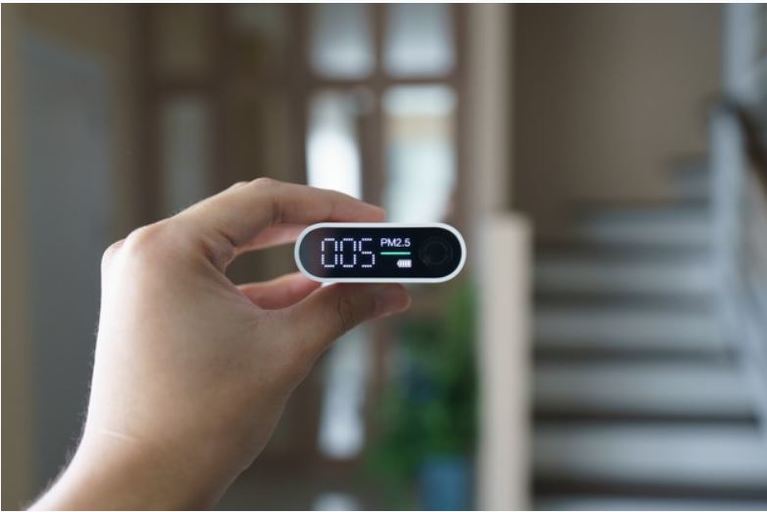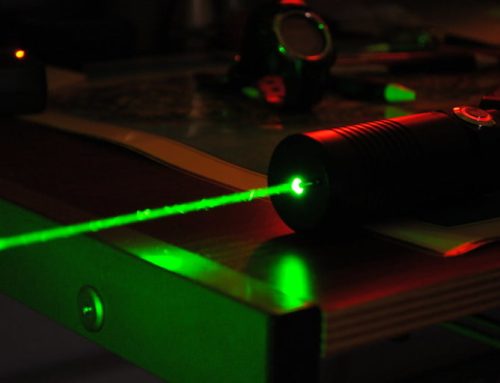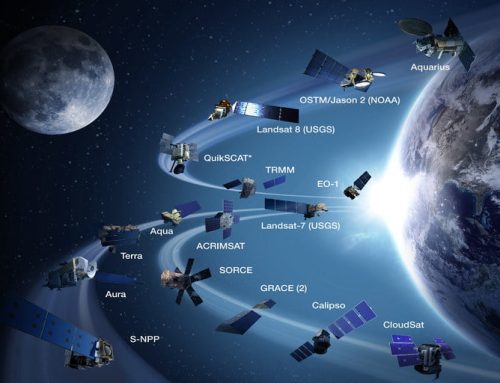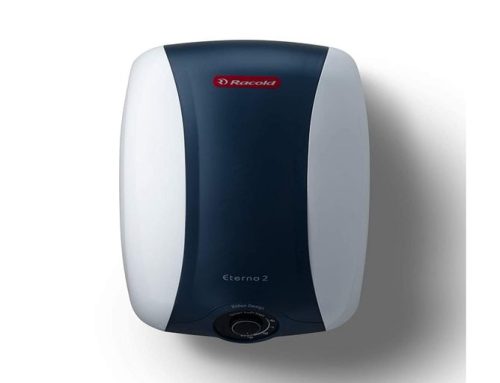
It was a time when air, water, and soil were pure and we were not aware of the upcoming scenario. As industrialization boom up, we forgot to care about our environment. These lines seem like a stupid statement but it has deep meaning. Now, most of us are facing air, water, and soil pollution whereas some of us are using Air purifiers in our home and offices. Today we are going to discuss a gadget that monitors air pollution levels and trying to awake us for our responsibility towards our environment. This is the Air Quality Monitoring System (AQMS).
What is an Air-quality Monitoring System?
It is a system that measures wind speed, direction, humidity, particulate matter, the concentration of air pollutants (like CO2, SO2, O3, etc.), and other weather parameters continuously all over the year. The Air Quality Monitoring System (AQMS) can also be customized to monitor several areas via one system. The collected final data can be published over the internet for easy access to raise awareness on current air pollution levels. Based on this data people can take care of their health and environment. The AQMS can be bigger as a building or smaller as a mobile charger. The design and size of the whole system mainly depend on its monitoring capability.
Engineering Inside:
The AQMS contains various units to monitor the air quality; some of the important units are given below:
- Analyzer units
- Data processing engine
- Display and distribution center
Analyzer units:
These units are holding several sensors to detect particulate matters in air and air suction pumps to collect the air samples. Their sensors generate different kinds of electrical signals based on air pollutants. To make an efficient air quality monitoring system, sensors should be precisely designed. The analyzer unit commonly uses PM 2.5 sensors for its operations.
Data processing engine:
This engine is primarily based on a microcontroller or microprocessor based control board that provides synchronization between several electronic components to process the sampled data which is collected by analyzers. The data processing engine uses a specific algorithm to making decision on air pollutant levels. Once the data processed successfully it gets forwarded to the display and distribution center for further action.
Display and distribution center:
The display unit represents the processed data to the end user whereas the distribution center sends this data over the internet for various uses. In portable air quality analyzers display unit is small as electronic watch display and distribution center contains modems to send data all over the world using the internet.
Working Process:
Once the sample has been collected by analyzer units via PM 2.5 based sensors, the data then forwarded to the data processing engine to check the pollutant level in the air. The processing engine uses predefined algorithms for calculation and after successful processing data forwarded to the display and distribution center to use it end users. That’s how an Air Quality Monitoring system works. After few modifications, this gadget can be used as a Toxic gas detector.
Applications:
The AQMS can be used in several ways to track air pollutants. Some of them are given below:
Indoor AQMS:
You may be shocked to know that more than 4 million peoples die annually due to indoor air pollution. The presence of harmful gases as well as particulate matter, which is inhaled, can cause various kind of lungs related diseases. Thus the indoor air quality monitoring can help different peoples to control their indoor air quality level in a comfortable range. Indoor AQMS can help companies to improve their indoor AQI.
Outdoor AQMS:
All of us know that all over the world many organizations are working to protect the environment. Environment health has been a topic of discussion for many decades. Hence to keep the outdoor emission of particulate matter and hazardous gases it is necessary to use outdoor AQMS. It helps the environment regulation authorities to prevent unhealthy emissions from manufacturing companies.
Particulate matter check:
Particulates are solid or liquid microscopic particles suspended in the air. These matters are also known as aerosols. Since these matters are very small in size, they can be easily inhaled by living organisms through the air and affect health. The severity of health issues is directly related to the size and counts of these matters. Coarse PM (Particulate matter) that can be easily found near highways or industries ranges between 2.5 to 10 micrometers. But, particulate matters that are smaller than 2.5 micrometers are more dangerous since they can easily pass through the nose and throat and enters into the lungs.
Hence, environment regulation authorities can take actions against industries to reduces the aerosol level in the air.
Thanks for reading. See you soon with another exploration!






[…] Gas or smoke detectors are classified into three types and most of them are being used in AQMS: […]